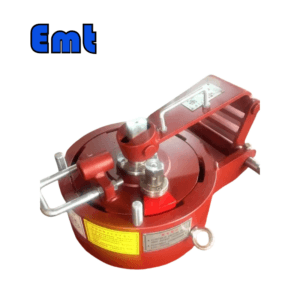
A Pig Launcher Closure typically consists of a body flange, head cover, hook ring or clamp, sealing ring, safety interlock mechanism, opening and closing mechanism, swivel arm, and a spool (when needed). The concept is to simplify the opening and closing of the end cover through a special structure, reducing the time and labor required. And thereby it enhances production efficiency. Unlike traditional bolted flange connections, quick-opening blind flanges do not require sequential disassembly and tightening of bolts. Instead, you simply move the locking component a short distance or rotate it to a certain angle to open or close the end cover, allowing a single worker to operate it in a short time.
Pig Launcher Closures are crucial in various industries for efficient pipeline maintenance. They primarily facilitate the insertion and retrieval of pigs, which are tools used for internal pipeline cleaning and inspection. This ensures pipelines remain free of blockages and operational efficiencies are maintained. Additionally, these closures allow rapid access to pipelines in oil, gas, and chemical industries, where regular inspection and maintenance are essential. They significantly reduce downtime by enabling quick opening and closing during pigging operations. Moreover, their robust design ensures long-term reliability and safety in high-pressure environments, enhancing operational continuity and system integrity.
Seal Inspection:
Use a pump suction tester at the drain hole below the quick-opening closure to check for leaks. Insert the probe into the drain hole and read the gauge after the pointer stabilizes for over three minutes. If the pointer doesn’t shift, the closure seals well.
If the tester’s pointer shifts in the first step, seal the drain hole. After 20 minutes, test around the edges of the closure with the pump suction tester. Observe if the pointer shifts. If it does, keep the probe in the drifting position for a minute before reading again. If the pointer shifts in both steps, it indicates an external leak from the closure.
Maintenance:
Open the closure, remove the seal from the door, and check for mechanical damage. Replace if damaged. If not, clean it with a degreaser or gasoline using a clean cloth, then dry and store it in a clean place.
Check the seal groove for rust or debris. If present, clean it with fine sandpaper and wipe it dry with a clean cotton cloth.
Inspect the inside of the closure neck and the parts that contact the door when closed, including the groove. If you find dirt or rust (especially at the bottom), clean it with sandpaper and wipe it dry with a clean cotton cloth.
After cleaning the above areas, apply silicone oil or a similar lubricant such as lithium-based grease. Areas to lubricate include the groove (apply under the seal and on the outward-facing side of the seal after installation), the contact surface between the door and the neck after the door is closed, and the contact surfaces between the lock strap and the door (the contact parts of the seal ring and the cylinder).
Regularly lubricate the closure’s screw, hinge pin, and pin joints to ensure smooth operation. Lubricate these parts every three months; use glycerin for hinge pins and screws, and machine oil for pins through the oiling hole.
Keep the closure’s exterior paint complete and glossy.
Regularly inspect the main pressure-bearing components such as the closure cap, seat, clamps, hinge pins, and screws. If you find any deformation, severe corrosion, or cracks, promptly investigate the causes and make appropriate repairs.
Before each closure, clean, inspect, and lubricate the seal groove, sealing surface, and O-ring to prevent sealing failures during use.
Operation safety precautions:
1. Check that all instruments on the container are normal.
2, check the container and quick-opening closure connection parts should not leak.
3. Necessary explosion-proof tools, fire extinguishers, fire MATS and other facilities are fully prepared.
4, before opening the closure, it is necessary to open the ball cylinder vent valve, and in the cleaning process, open the container water injection control valve, keep it normally open, to ensure that there is no pressure in the cylinder operation.
5, the operator stands on the side of the opening and closing mechanism, and any personnel and equipment should not stand and place directly against the QOC;
6, do not use the safety valve pressure relief, close the closure must tighten the safety pin.
Different Types of Pig Launcher Closure
| Lock Ring Type | Band Type | Plug Buckle Type | |
| Installation | Vertical/Horizontal | Vertical/Horizontal | Vertical |
| Size | DN 200 to DN 1200 | DN 150 to DN 1000 | DN 150 to DN 1000 |
| Pressure | ASME #150 to #1500 | ASME #150 & #300 | ASME #150 to #600 |
| Materials | SA 350 LF2 | SA 350 LF2 | SA 516 70N/SA 105N |
| Sealing | Viton™ | Viton™ | Viton™ |
Technical indicators
| Technical indicators | |
| Nominal Diameter DN: | <1800mm |
| Design pressure PN: | ≤40 MPa |
| Working Medium: | oil, gas, water |
| Design Temperature: | -50℃~300℃ |
| Material: | 16Mn,A350LF2, A105, SS304, SS316, F51, F53, F55, INCONEL625, HASTELLOY C |
| Pipe Thickness: | 6mm~100mm |


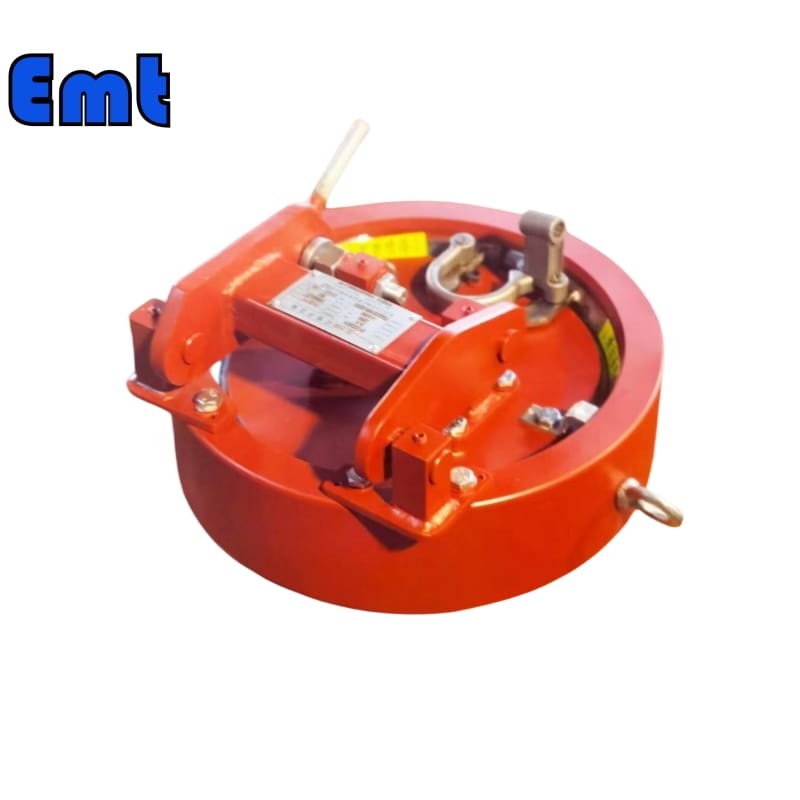
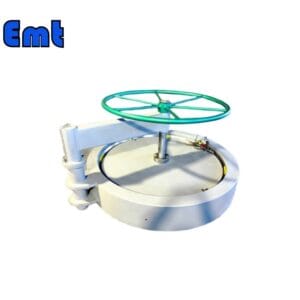
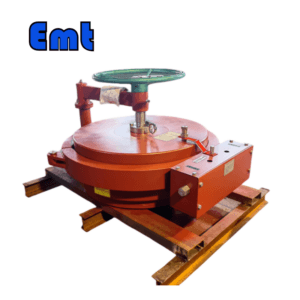
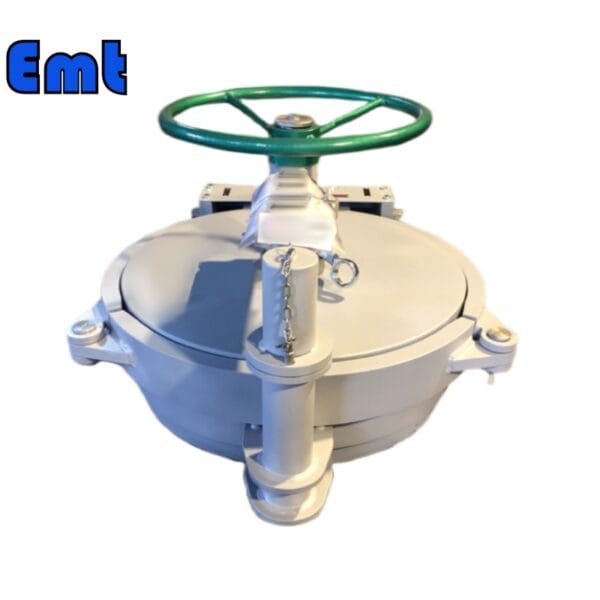
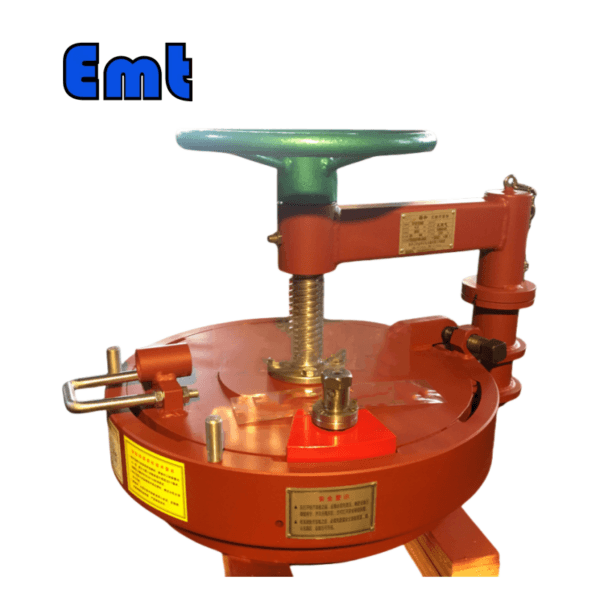
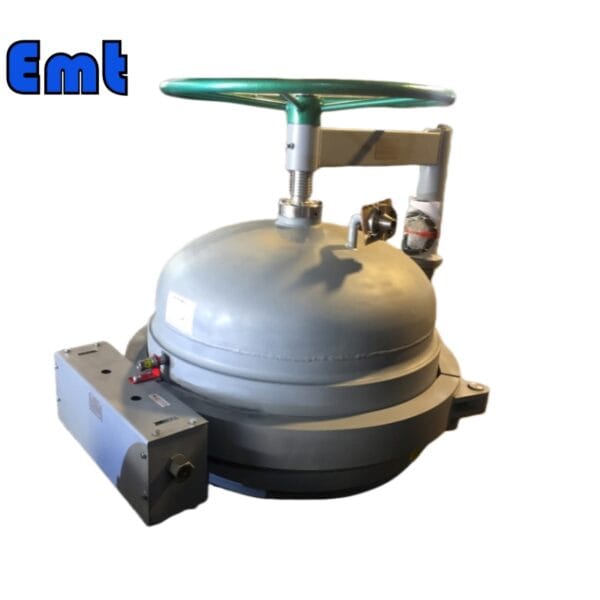
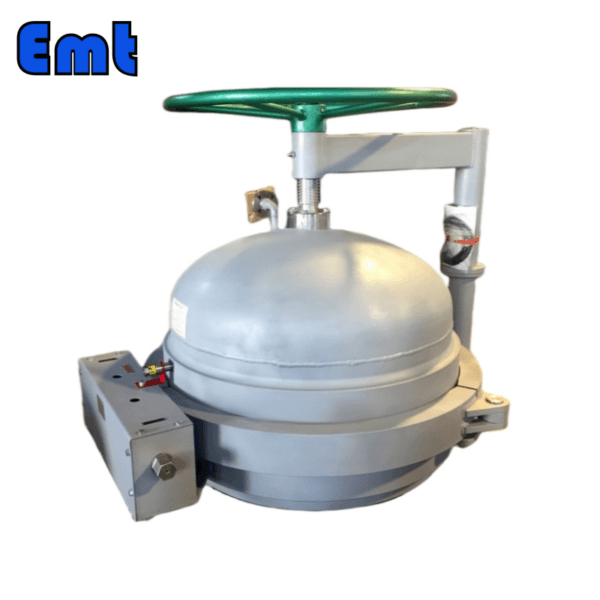
There are no reviews yet.